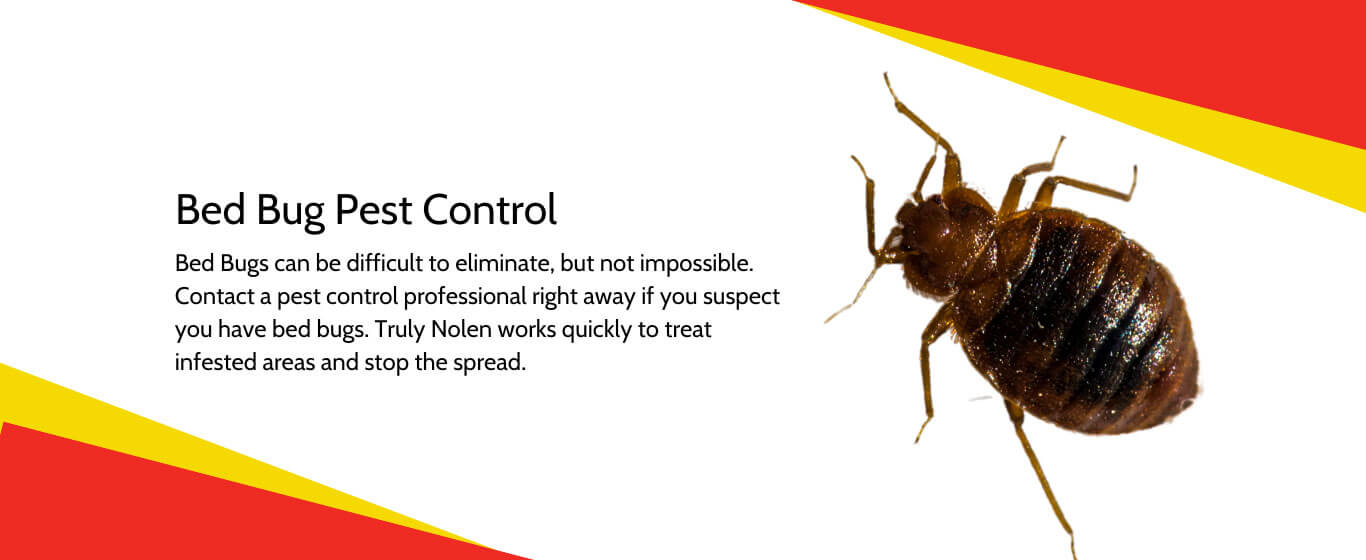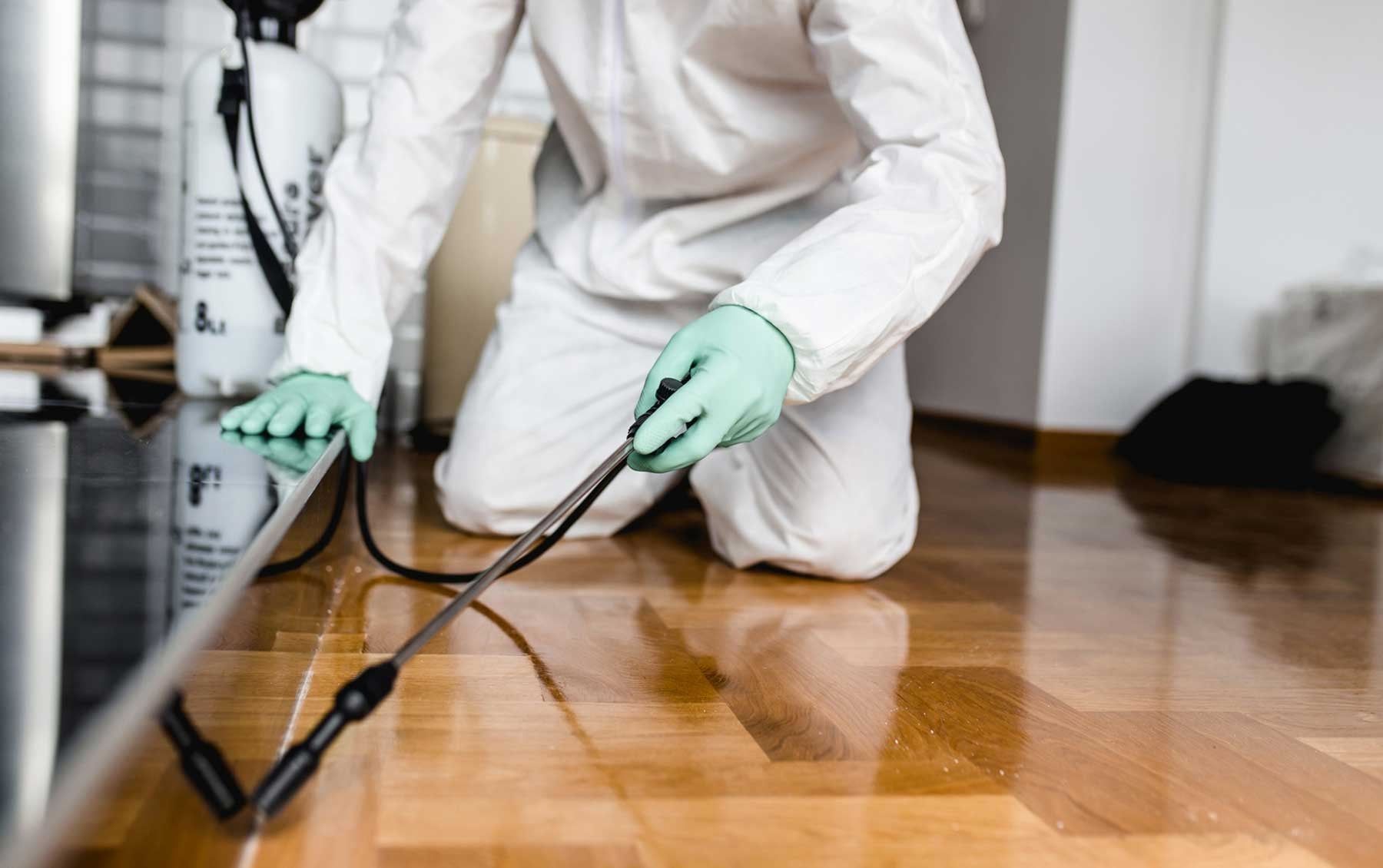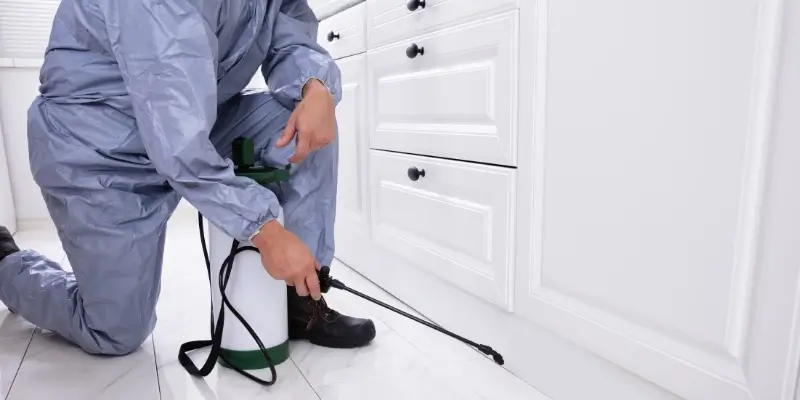Experienced Coquitlam Exterminator for Comprehensive Pest Removal
Safe and Reliable Parasite Control for Lasting Protection
Efficient parasite management calls for a multifaceted strategy that stabilizes eco-friendly stability with the need for effective bug reductions. The nuances of these approaches might not be quickly clear, prompting a better evaluation of the techniques that can lead to sustainable parasite control outcomes.
Recognizing Pest Control Approaches
Bug control includes a selection of methods focused on managing and getting rid of undesirable bugs and rats that can endanger both health and building. Recognizing these techniques is vital for effective pest administration.
The primary classifications of pest control methods include mechanical, biological, and chemical methods. Mechanical methods entail physical barriers and traps to prevent parasite entry and capture unwanted varieties. For example, using screens on windows or utilizing sticky traps can dramatically minimize parasite populations without introducing dangerous materials.

Chemical pest control is commonly the most identified method, using pesticides to remove pests. These chemicals can be reliable yet need to be made use of with caution to stay clear of damaging impacts on non-target varieties and the environment.
Advantages of Eco-Friendly Solutions
Exactly how can environmentally friendly options transform insect control methods? The adoption of eco-friendly pest control methods provides numerous benefits, substantially boosting the effectiveness and safety and security of insect monitoring (exterminator coquitlam). These remedies utilize all-natural ingredients, decreasing the dependence on dangerous chemicals that can pose dangers to human health and the environment. This shift not only protects pets and families but likewise decreases the potential for dirt and water contamination.

An additional advantage is the positive influence on regional biodiversity. Environment-friendly remedies are made to target details parasites while maintaining advantageous pests and wild animals, promoting a well balanced environment. This method lines up with the expanding consumer need for sustainable techniques, improving the credibility of pest control service providers.
Integrated Bug Administration Techniques
The application of green solutions normally brings about the fostering of Integrated Insect Management (IPM) techniques, which better boost bug control efficiency. IPM is an alternative method that incorporates several techniques to handle pest populaces while minimizing ecological influence. This approach emphasizes the use of biological, social, mechanical, and chemical controls, ensuring a sustainable and well balanced approach of parasite monitoring.
One fundamental element of IPM is the thorough assessment of insect activity and ecological problems. By keeping track of insect populaces and determining their life process, professionals can implement targeted interventions that interfere with the insect's environment or lifecycle, decreasing dependence on chemical pesticides. Furthermore, cultural techniques such as plant turning and environment control can substantially reduce pest facility and recreation.
An additional vital part is the usage of organic control representatives, such as beneficial insects or microorganisms, which can naturally reduce insect populaces. When chemical applications are essential, IPM focuses on the usage of low-risk chemicals and uses them uniquely, decreasing direct exposure to non-target microorganisms and human beings.
Integrating IPM strategies not just improves parasite control performance but also advertises a safer environment, aligning with the growing need for sustainable techniques in insect administration.
Safe Practices for Homeowners
Comprehending the relevance of safe methods in bug control can empower homeowners to efficiently take care of pest issues while securing their wellness and the atmosphere. Applying non-toxic methods and precautionary procedures is new termite treatments critical in minimizing exposure to damaging chemicals.
Property owners must first evaluate their environment for conditions that attract insects, can termites be treated such as standing mess, food, and water waste. Consistently cleaning and sealing access factors can deter bugs from getting into the home. Making use of natural deterrents, such as crucial oils or diatomaceous planet, can give reliable alternatives to chemical pesticides.
When chemical treatments are essential, home owners ought to select items that are especially identified as secure for household use. It is vital to follow application standards carefully to stay clear of too much exposure. Utilizing targeted therapies in areas where parasites are determined, instead than covering spraying, can significantly decrease chemical use.
Lastly, maintaining open interaction with bug control specialists is essential. Home owners must ask about the safety of products utilized and request eco-friendly alternatives whenever possible. By embracing these secure techniques, property owners can produce a healthier living environment while efficiently taking care of insect problems.

Tips for Long-Term Defense
Developing a parasite administration strategy that highlights long-lasting protection can significantly boost the efficiency of the safe methods formerly discussed. To accomplish this, house owners ought to carry out regular examinations of their property, concentrating on concealed areas such as attics, cellars, and crawl areas. Early detection of bug task is important in stopping infestations from holding.
These practices lower attractants that attract insects right into the home. Sealing entry factors, such as fractures around windows and doors, can effectively block potential pest gain access to.
Landscaping must additionally be considered; keeping plants cut and keeping a distance in between plant life and the home decreases hiding places for pests. Utilizing natural deterrents, such as necessary oils or diatomaceous planet, can better prevent invasions without turning to extreme chemicals.
Finally, collaborating with a see here now specialist pest control solution for periodic evaluations can provide an added layer of safety. These professionals can provide tailored suggestions and advanced treatments, making sure that your home remains protected against bugs in the long-term.
Verdict
To conclude, reputable and risk-free bug control requires a diverse strategy that emphasizes environment-friendly techniques and integrated pest administration. By applying all-natural deterrents, conducting regular evaluations, and keeping proper cleanliness, building proprietors can considerably decrease insect populaces while shielding valuable bugs and the atmosphere. Collaboration with specialist pest control services boosts the performance of these strategies, guaranteeing customized options that provide long-term security and tranquility of mind versus future invasions.
Effective insect administration requires a complex strategy that stabilizes environmental stability with the requirement for efficient parasite reductions. The adoption of eco-friendly insect control approaches uses various benefits, significantly boosting the effectiveness and safety of bug monitoring.The execution of green services naturally leads to the fostering of Integrated Bug Monitoring (IPM) approaches, which better enhance pest control efficiency. exterminator coquitlam. By keeping an eye on insect populations and recognizing their life cycles, practitioners can apply targeted treatments that interrupt the bug's environment or lifecycle, minimizing reliance on chemical pesticides.In verdict, risk-free and dependable bug control needs a multifaceted method that highlights green methods and integrated pest administration